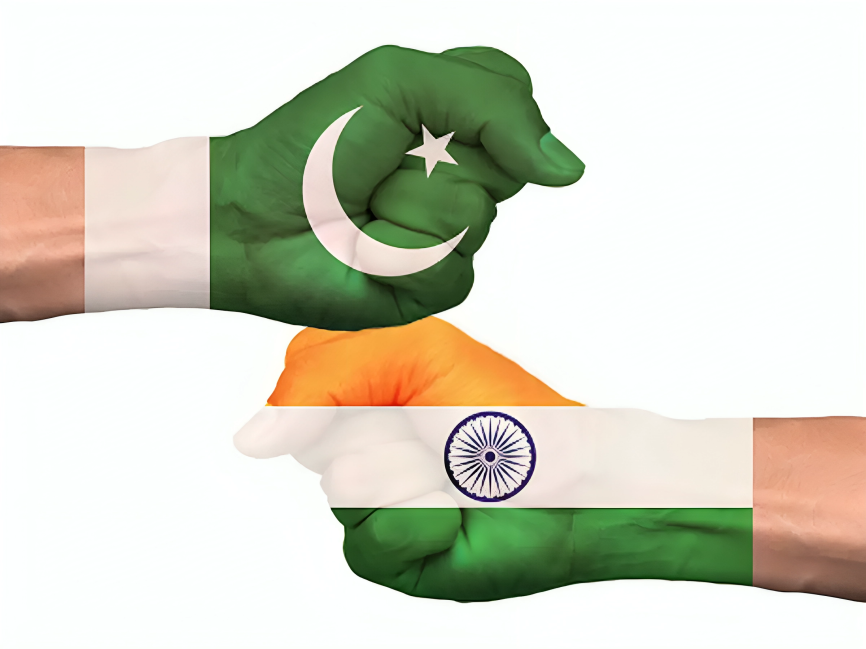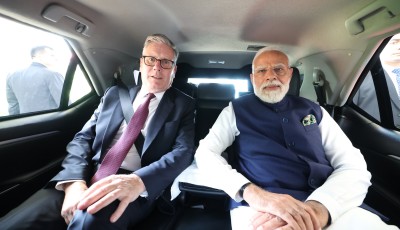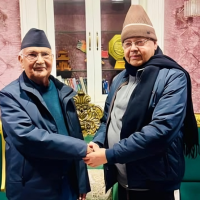Lives on Hold in India's Border Villages Amid Rising India-Pakistan Tensions

SAINTH, INDIA — Along India's tense and heavily militarized border with Pakistan, fear and uncertainty once again cloud daily life. In villages like Sainth, nestled along the banks of the Chenab River, families are packing up and leaving, haunted by memories of past conflicts and wary of what might come next.
“We can’t plan too far ahead,” said Sukhdev Kumar, 60, the elected headman of Sainth. “Most people here only invest in a very basic home. Who knows when a stray shell might land from the other side and destroy everything?”
With a population of roughly 1,500, Sainth lies in the Hindu-majority Jammu region of the disputed territory of Jammu and Kashmir, a flashpoint between the nuclear-armed neighbours since their partition in 1947. While lush fields still stretch across the border landscape, the atmosphere is anything but peaceful. Watchtowers, sandbags, and military encampments are constant reminders of the looming threat.
Tensions have surged again following a deadly attack in Indian-administered Kashmir on April 22, which killed 26 civilians. India has blamed Pakistan-based militants for the assault, releasing wanted posters for three suspects — two Pakistanis and an Indian — alleged to be members of Lashkar-e-Taiba, a UN-designated terrorist group. Islamabad has denied any involvement.
Since then, diplomatic relations have deteriorated, with both countries expelling each other’s officials and trading sharp accusations. India's army reported nightly exchanges of gunfire along the de facto border since April 24.
‘Living in Constant Fear’
For villagers like Vikram Singh, 40, who runs a local school, the tension is a grim echo of earlier conflicts — most notably the Kargil War in 1999.
“I still remember the mortar shells flying overhead when I was a teenager,” he recalled. “It was tense then, and its tense now. The children are frightened; the elderly are anxious — everyone is living in fear.”
According to Kumar, around two-thirds of families with farmland have already left Sainth for safer areas, often keeping alternative homes elsewhere as backups.
In nearby Trewa village, the mood is one of cautious preparedness. “So far, it’s calm — the last cross-border shelling was in 2023,” said Balbir Kaur, 36, a former village head. “But we’ve spent the past few days checking bunkers, conducting drills, and reviewing emergency plans.”
Kaur supports New Delhi’s tough stance, echoing Prime Minister Narendra Modi’s vow to hunt down “every terrorist and their backer.”
A Life Interrupted
Villagers have lived through many such flare-ups, but each time takes its toll. Dwarka Das, 65, a farmer and father of seven, says the community has come to expect little else. “In previous wars, we ran to schools or nearby towns for shelter. It won’t be any different this time,” he said.
Despite international calls for restraint — with the United States urging de-escalation, China advocating calm, and the European Union calling the situation "alarming" — on the ground, resignation is setting in.
“Sometimes, it feels like a full-blown war might as well break out,” said Singh. “We already live under the constant threat of shelling. Maybe then, if it's over quickly, we could finally have a decade or two of peace.”











.jpg)



तपाईको प्रतिक्रिया दिनुहोस